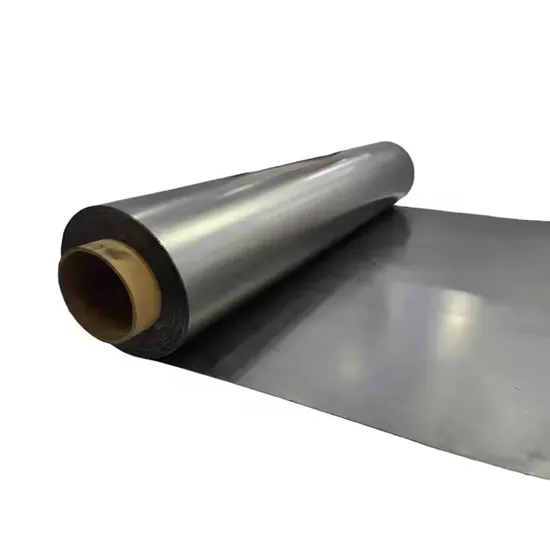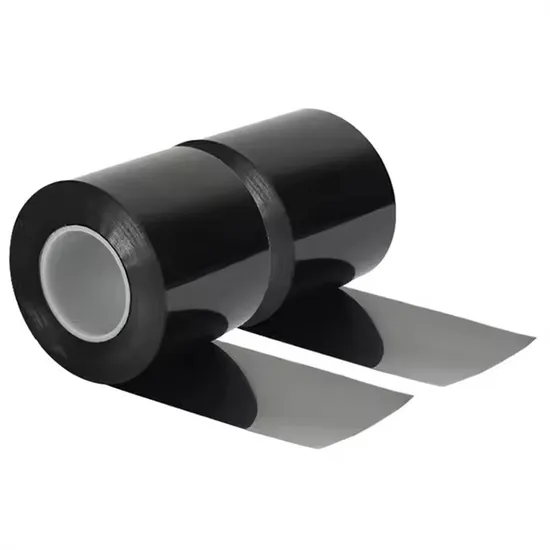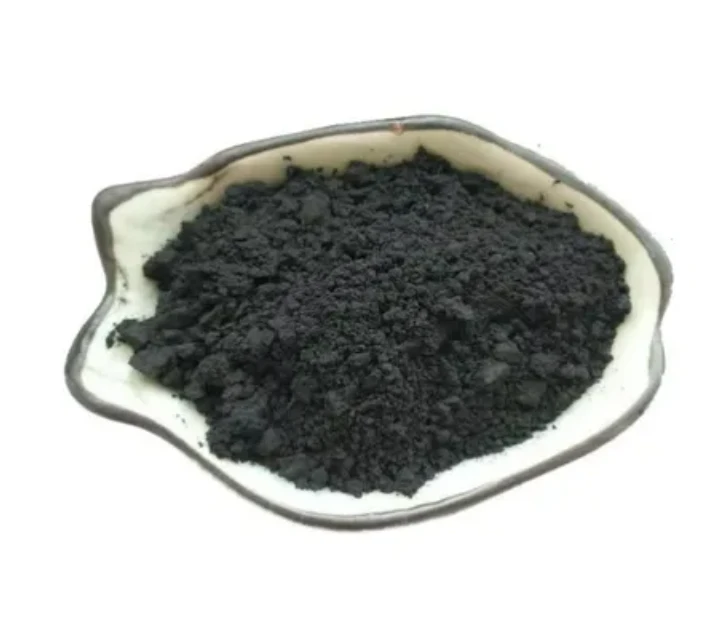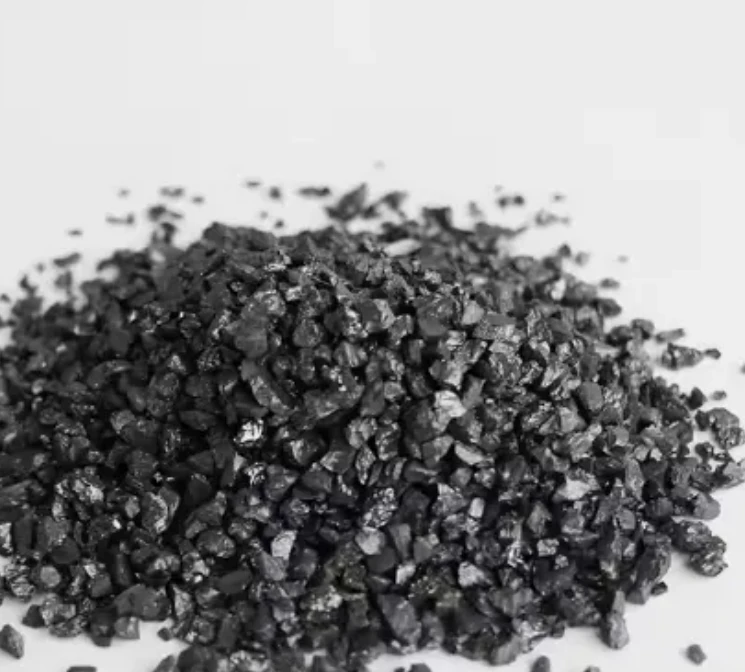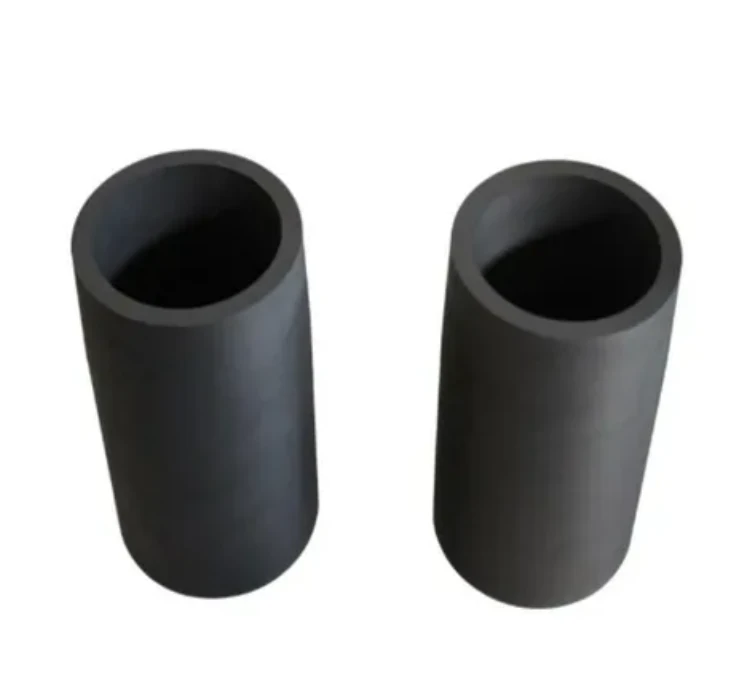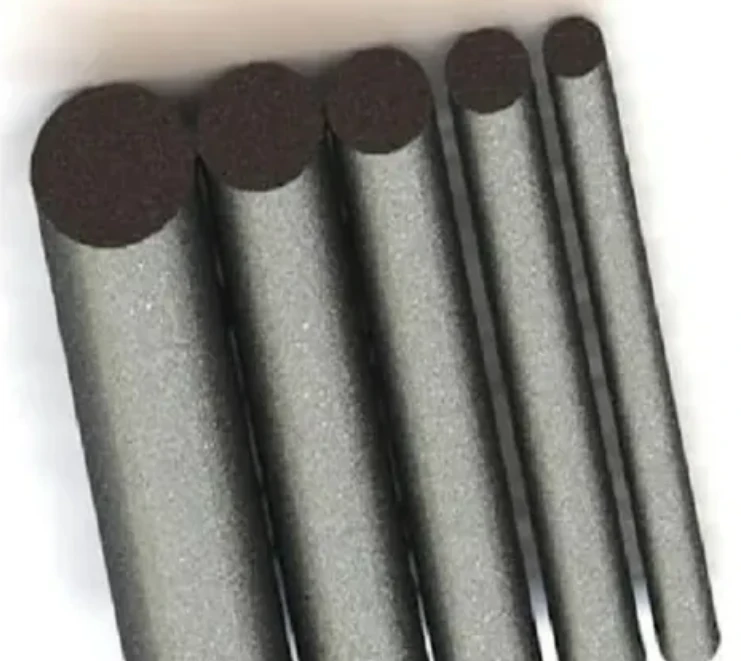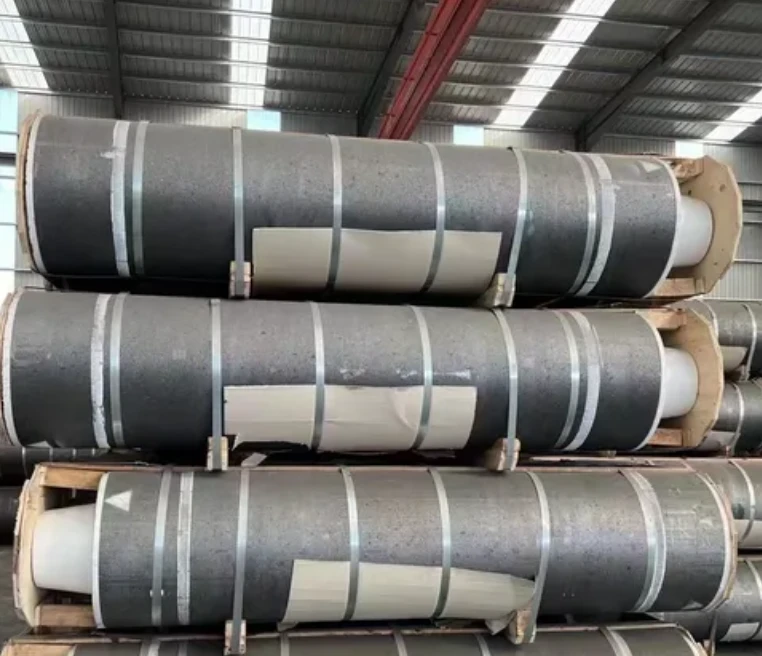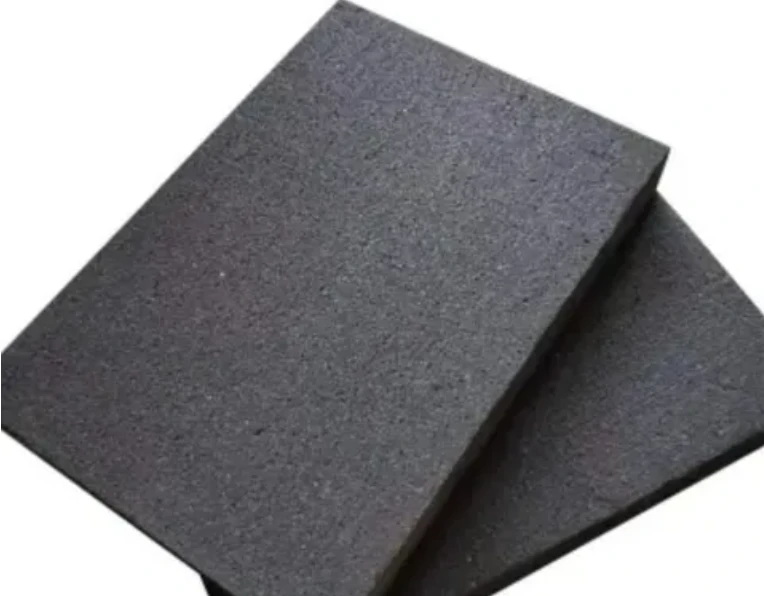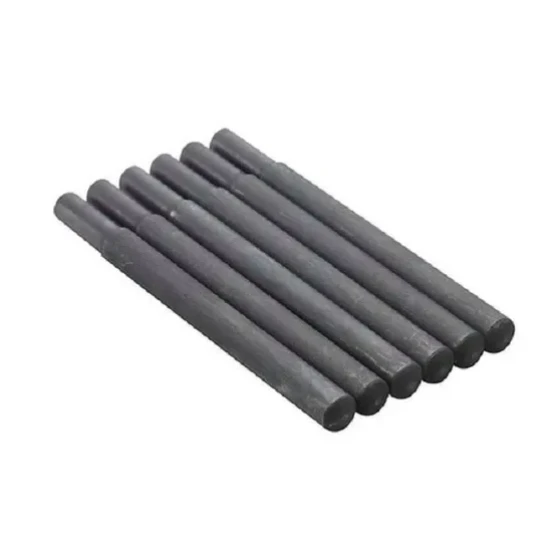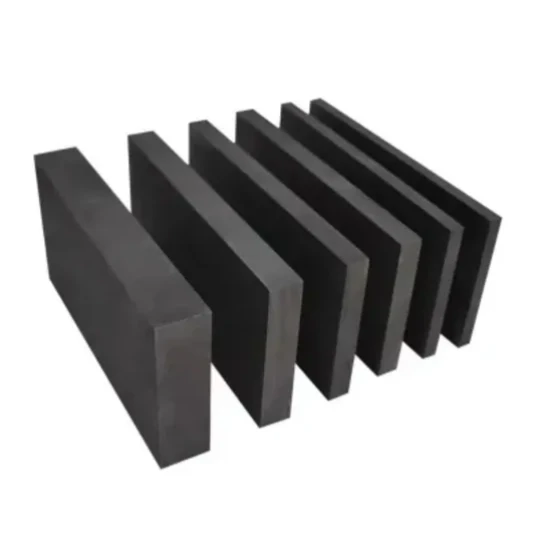- Englist


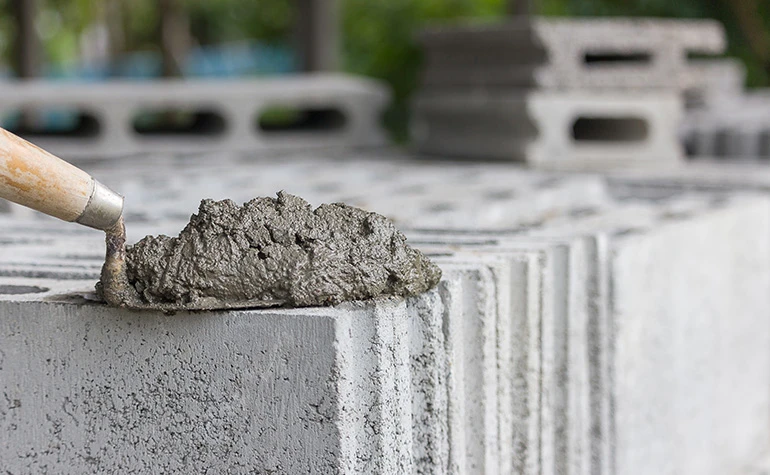
- Introduction to UHP Graphite Electrodes
- Core Manufacturing Technologies
- Performance Advantages in Industrial Settings
- Comparative Analysis of Leading Manufacturers
- Custom Solutions for Diverse Applications
- Real-world Implementation Case Studies
- Market Trends and Investment Outlook

(uhp graphite electrode)
Understanding the Fundamentals of UHP Graphite Electrodes
Ultra High Power (UHP) graphite electrodes serve as the critical conductive components in electric arc furnace (EAF) steelmaking, where temperatures routinely exceed 3,000°C. These specialized electrodes exhibit extraordinary durability compared to standard graphite products, featuring density levels above 1.70 g/cm³ and resistivity below 5.5 μΩ·m. The graphite electrode uhp market has grown at 7.2% CAGR since 2018, driven by steel industry demands for higher efficiency and lower power consumption. As global steel production rebounds - reaching 1.95 billion metric tons in 2023 - manufacturers increasingly adopt uhp graphite electrode
technology to reduce smelting times by 18-22% and energy costs by up to 15% per ton.
Core Manufacturing Technologies
Producing genuine uhp-grade electrodes involves proprietary technologies refined over decades. Premium needle coke forms the essential raw material, comprising 70-80% of electrode mass. Manufacturers employ multiple high-pressure impregnation (HPI) cycles using coal tar pitch under 100-150 bar pressure to achieve optimal density. Subsequent graphitization occurs in Acheson furnaces for 15-22 days at 2,800-3,000°C, aligning crystallites for maximum conductivity. Post-graphitization machining delivers tolerance levels within ±0.05mm for critical interfaces, while specialized threading techniques maintain structural integrity during repeated thermal shocks. Surface oxidation resistance coatings add 20-30% lifespan improvement through proprietary formulations.
Performance Advantages in Industrial Settings
Operational benefits distinguish uhp electrodes from conventional models. Current density tolerances reach 25-30 A/cm², enabling arc stability during high-power operations. Their thermal expansion coefficient (TEC) of 0.8-1.0 × 10-6/K minimizes cracking risks during rapid temperature fluctuations. Key performance metrics include:
| Parameter | UHP Grade | Regular HP Grade |
|---|---|---|
| Consumption Rate (kg/ton steel) | 1.0-1.4 | 1.8-2.5 |
| Max Current Density | 25-30 A/cm² | 18-22 A/cm² |
| Thermal Shock Resistance | 200+ cycles | 80-120 cycles |
| Average Lifespan (heats) | 240-300 | 130-180 |
Additional advantages include 25-30% longer electrode joints life and 55% reduction in breakage incidents during tapping operations compared to standard graphite.
Comparative Analysis of Leading Manufacturers
The global graphite electrode uhp supply chain features distinct technological approaches between producers:
| Manufacturer | Flagship Series | Ø Range (mm) | Resistivity (μΩ·m) | TEC (10⁻⁶/K) |
|---|---|---|---|---|
| GrafTech | NexTech® | 600-750 | 5.1-5.3 | 0.8 |
| Showa Denko | SD Ultra-X | 500-700 | 4.9-5.2 | 0.9 |
| Tokai Carbon | PowerTherm | 550-800 | 5.2-5.5 | 1.0 |
| HEG Ltd | Excel-G | 450-650 | 5.4-5.7 | 1.2 |
European producers generally prioritize smaller diameters (400-600mm) with premium oxidation resistance, while Asian manufacturers lead in large-scale Ø700mm+ electrodes for mega-furnaces. Recent quality benchmarking reveals ≤0.5% batch variation among tier-1 suppliers versus 3-5% among secondary producers.
Custom Solutions for Diverse Applications
Specialized electrode formulations address unique industrial requirements. Silicon metal producers use nickel-tipped versions extending joint life by 40% in submerged arc furnaces. Steelmakers with continuous charge processes benefit from reinforced threading patterns resisting lateral forces during extended heats. Emerging innovations include:
- Multi-Layer Densification: Sequential impregnations achieving ≤1.72g/cm³ core density
- Hybrid Mesophase Formulations: Mixing isotropic/anisotropic coke grades balancing TEC and conductivity
- High-Yield Geometries: Optimized pin/nipple assemblies reducing scrap losses by 17%
Advanced modeling now tailors flexural strength between 12-18 MPa and compressive strength from 25-35 MPa for specific furnace operating conditions.
Real-world Implementation Case Studies
A Turkish steel mill achieved 32% electrode consumption reduction after switching to NexTech® UHP electrodes for their 150-ton EAF. Precision joints reduced outage incidents from monthly occurrences to zero over 18 months operation. Another ferroalloy plant in India documented 23% power savings using Ø700mm Excel-G electrodes versus previous HP models, achieving ROI within 11 months despite the higher uhp graphite electrode price premium. Most compellingly, a German specialty steel producer increased furnace utilization from 76% to 89% annually by adopting SD Ultra-X electrodes with accelerated thermal cycling capabilities.
Future UHP Graphite Electrode Market Dynamics
The graphite electrode market anticipates 5.8% CAGR through 2030, driven by steel decarbonization mandates requiring high-efficiency furnace technology. While the current uhp graphite electrode price averages $4,200-$7,800/ton for standard diameters, specialized configurations reach $12,000/ton. Emerging trends include nanoparticle-enriched variants for further resistivity reductions and AI-driven consumption modeling during smelting. As scrap-based steel production expands globally, uhp graphite electrodes remain irreplaceable for operational efficiency. Market intelligence indicates Chinese suppliers are investing $2.1 billion in new production lines specifically targeting uhp graphite electrode manufacturing capacity expansion by 2025.
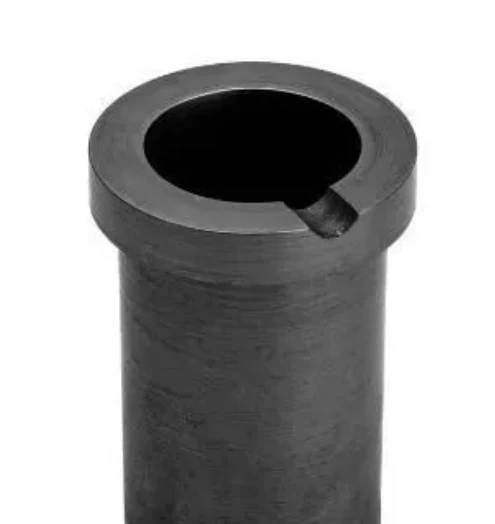
(uhp graphite electrode)
FAQS on uhp graphite electrode
Q: What are UHP graphite electrodes?
A: UHP graphite electrodes are Ultra High Power carbon conductors made from premium needle coke for extreme conditions. They feature exceptionally low electrical resistance and high thermal shock resistance. These are essential in electric arc furnaces for high-efficiency steelmaking.
Q: Why choose graphite electrode UHP over regular grades?
A: UHP graphite electrodes tolerate 25-50% higher current densities than standard graphite electrodes. Their superior thermal conductivity minimizes breakage risks in rapid heating/cooling cycles. This significantly improves furnace productivity in steel recycling operations.
Q: What affects uhp graphite electrode price fluctuations?
A: UHP graphite electrode prices mainly reflect needle coke and energy costs, which comprise 60-70% of production expenses. Environmental compliance investments and global steel demand also critically impact pricing. Supply chain disruptions can cause significant short-term volatility.
Q: How long do uhp graphite electrodes last in operations?
A: Service life spans 50-500 hours depending on furnace conditions. Optimal performance requires temperature control below 1,200°C to reduce oxidation. Regular nipple joint maintenance further extends usage cycles and lowers steelmaking costs.
Q: What quality certifications should uhp graphite electrodes have?
A: Reputable manufacturers comply with ISO 9001 production standards and RP (Regular Power)/HP (High Power)/UHP specifications under IEC 60239. Independent testing reports should verify density (>1.68g/cm³), flexural strength (>15MPa), and resistivity (<5.5μΩ·m).





 Pervious
Pervious
 Next
Next
